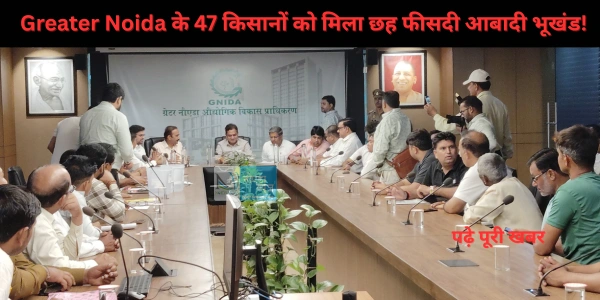Prof Dr Ritesh Srivastava
The benefits of retiring in India can be abundant but the effort required can
be exhausting. For those with ties with India, retirement to the subcontinent
is a relatively simple endeavor; for everyone else, there are significant
administrative obstacles.
Moreover, even for those with such ties, India may not necessarily be the
ideal location, due to cultural and language differences and disparities in the
lifestyles of rich and poor. Such culture shock was dramatized in “The Best
Exotic Marigold Hotel,” the 2012 film about British retirees who relocate to
Jaipur. Still, retirees – Americans included – who are eager to taste a
different lifestyle will find that modest assets can secure inexpensive
accommodations in India, along with diverse options for both urban and
rural living.
Unlike some countries that welcome foreign retirees, however, India has
erected barriers that make it difficult – though not impossible – for many
Americans to relocate there during their golden years. The first step for
anyone considering such a move is to figure out whether it is feasible.
Your Classification Determines Your Options
For those interested in retiring in India, regulations for taxation and other
matters are applied according to three separate classifications of potential
residents. It’s critical to determine which of these categorizations is
appropriate:
• Person of Indian Origin (PIO). A person is deemed to be of Indian
origin if he or she – or any parents or grandparents – was born in undivided
India.
• Nonresident Indian (NRI). An individual who is a citizen of India or a
person of Indian origin who does not reside in India.
• All citizens of countries other than India.
• Overseas Citizens of India (OCI). This confers a multiple lifelong visa
that enables the holder to have unlimited travel and stay in India.
According to the Indian Government, nearly 22 million Indians live in more
than 200 countries around the world. About 12 million are Persons of Indian
Origin and 10 million are Nonresident Indians. It’s worth noting that the
largest concentration of PIOs and NRIs – 2.2 million – resides in the United
States.In May 2015, India’s Union Cabinet agreed to review its Foreign
Direct Investment Policy in an effort to provide PIOs and OCIs parity with
NRIs “in respect of economic, financial and educational fields,” thereby
defining investment from all three groups as domestic rather than foreign.
The Visa Route
But what about all the other people with no such connections to India? What
are the options for Americans with no blood or marital ties to Indian citizens
or emigrants? Often, the options are rather limited.
For this group, the best option might be to consider some of the basic types
of visa for travel to India:
• Tourist Visa. Valid for 180 days with multiple entries, but not
extendable.
• Employment Visa. Generally valid for 1 year or the period of a work
contract with multiple entries; it can be extended.
• Business Visa. Valid for 5 years and extendable, with multiple entries.
If your definition of retirement is no longer working, India may not be the
right locale for you. But for Americans interested in working part-time, there
may be ways to utilize an employment visa or business visa.
However, there are caveats; according to the U.S. State Department, for
example, some visas require holders to spend two months outside India
before re-entry is allowed.
Assessing Costs
For those who do find a way to retire in India, the financial climate will prove
quite welcoming, with some of the lowest expenses in the world. We’ve used
the cost-of-living site Numbeo to determine prices for the basics. (For other
considerations, such as healthcare, read Things to Consider Before Retiring
Abroad.)
• Housing. For a one-bedroom apartment, monthly rent averages from
6463.83 Indian Rupees (INR) (approximately $98*) outside urban areas to
10,369.31 INR ($157) in city centers. Monthly rent for three-bedroom
apartments average from 15,832.76 INR ($240) outside urban areas to
24,850.60 INR ($376) in city centers.
• Utilities. Basic utilities – including electricity, heating, water and
garbage – should run about 2,037.08 INR ($31) per month.
• Dining. Eating out for a three-course meal at a mid-range restaurant for
two people costs about 550.00 INR ($8). Meanwhile, a meal at an
inexpensive restaurant costs about 125.00 INR ($2).
• Transportation. A monthly pass on local transport ranges about 550.00
INR ($8). For benchmarking purposes, a gallon of gasoline costs about
261.39 INR ($4).
The Bottom Line
The average monthly disposable salary after taxes in India comes to about
31,158.73 INR (approximately $472). Although prices vary throughout the
country, such low average costs obviously mean the average American has
plenty of options when it comes to retiring in India. In fact, a
monthly disposable income of twice the Indian average – about $1,000 –
can translate into a very comfortable standard of living.
Discover more from Noida Views
Subscribe to get the latest posts sent to your email.





